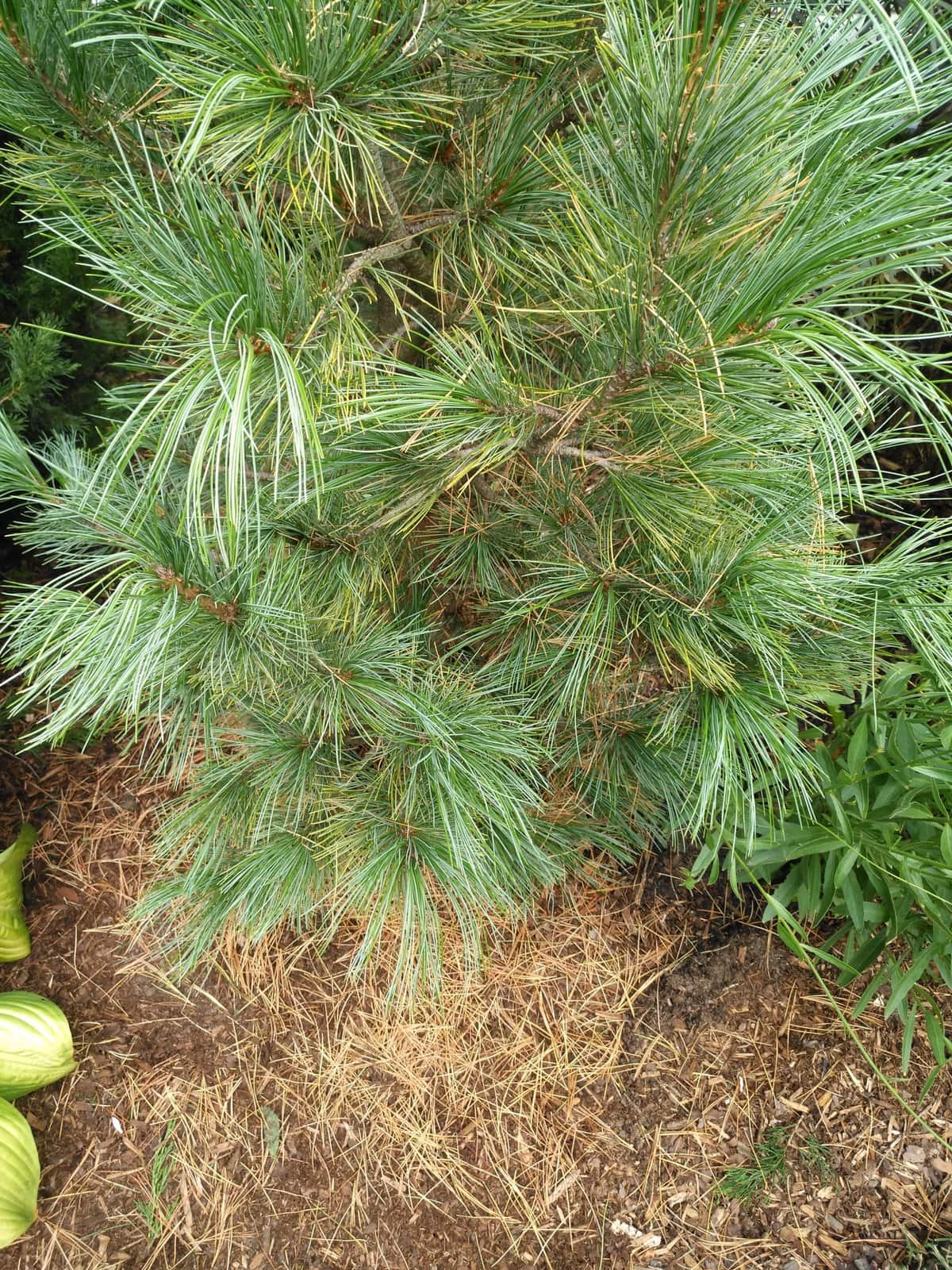It’s likely just the seasonal needle drop, part of the plant’s life cycle
One of the many questions that I am asked at this time in the season is, “Why are some of my evergreens starting to turn brown in the centre?”
Have you ever walked under a pine tree and seen the ground carpeted with needles and wondered why?
We all know, of course, that an evergreen is a plant that retains its foliage throughout the entire year. While this is true, it is important to know that every needle on an evergreen has a certain life span.
For a coniferous plant to compensate for the new growth that it has put on earlier in the season, it loses its oldest year’s needles. This usually occurs in late summer to early fall, depending on the type of evergreen.
The term used for this annual event is “seasonal needle drop.” Despite the name, this process also happens to broadleaf evergreens such as rhododendrons, hollies, euonymus, and boxwoods.
While it is normal, it can be worrisome for homeowners not familiar with this seasonal change.
While every evergreen does lose its oldest year’s growth, some will hold on to three years of growth and others for up to five years. It all depends on the type of plant, whether pine, cedar, spruce, fir, juniper etc.
When it is time for the needle drop to happen, you will start to see the inner-most needles or leaves (the ones closest to the centre and lower down) begin to yellow, and eventually turn brown.
This is the tell-tale sign of needle drop. As long as the growth at the tips of the branches is looking is looking healthy and holding its colour well, your plant is doing fine.
If you are seeing needles yellowing at the tip of the branches, you need to investigate and see if you might have a disease or insect problem or if you have watering issues.
Eventually, the brown needles or leaves will drop off the plant. If looking at the brown foliage is troubling you, you can always use your fingers to shake them off the plant.
With some evergreens, needle drop is much more evident than others. Some plants, such as boxwoods and yews tend to have a dense branching habit and you cannot see into the centre of the shrub.
Other plants like white pine trees and most false cypress varieties have a more open form and so you can see right into the centre of the plant, making needle drop more evident.
Some years, the amount of browning may seem more severe than others. This can be due to environmental stress, which can make more than the oldest needles to drop.
Severe weather conditions, such as periods of drought can cause the evergreens to drop two or three years of older growth. It is part of the plant’s protective mechanism to conserve moisture for the strongest and healthiest needles.
Another stress that can cause the plant to drop more than its oldest year of growth is being transplanted or any other root trauma. Losing a couple years of growth at once can leave the plant looking sparse, but it should fill out again with the burst of new growth the next spring.
So, when you start to see your evergreens yellow in the centre, there is no need for concern. It is just another stage of life in the plant world.
Joanne Young is a Niagara-on-the-Lake garden expert and coach. See her website at joanneyoung.ca








